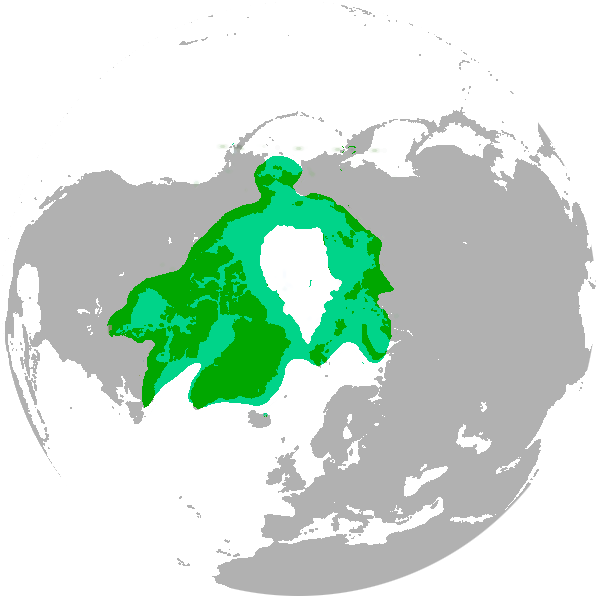Bialowieza forest, on the border of Belarus and Poland
Bialowieza forest is one of the last true wildernesses in Europe. Covering 3086 square km (1192 square miles) of forest, it was the last refuge of the European Bison. There are currently 4 wolf packs in the Polish section of the Bialowieza forest. A few years ago, a bear found its way into the forest for the first time in decades. There are bear populations within not to far of the forest, which means that in time, bears are likely to repopulate the forest, however, it would be better to move the bears, to accelerate this process.
Here is a clip of a bear which visited the forest in recent years.
This is the perfect kind of place for people to visit. By visiting, you show local people the value of wildlife in the area. More guides and places to stay will be opened, and this will increasingly become the perfect wild island in the middle of the human dominated Europe.












